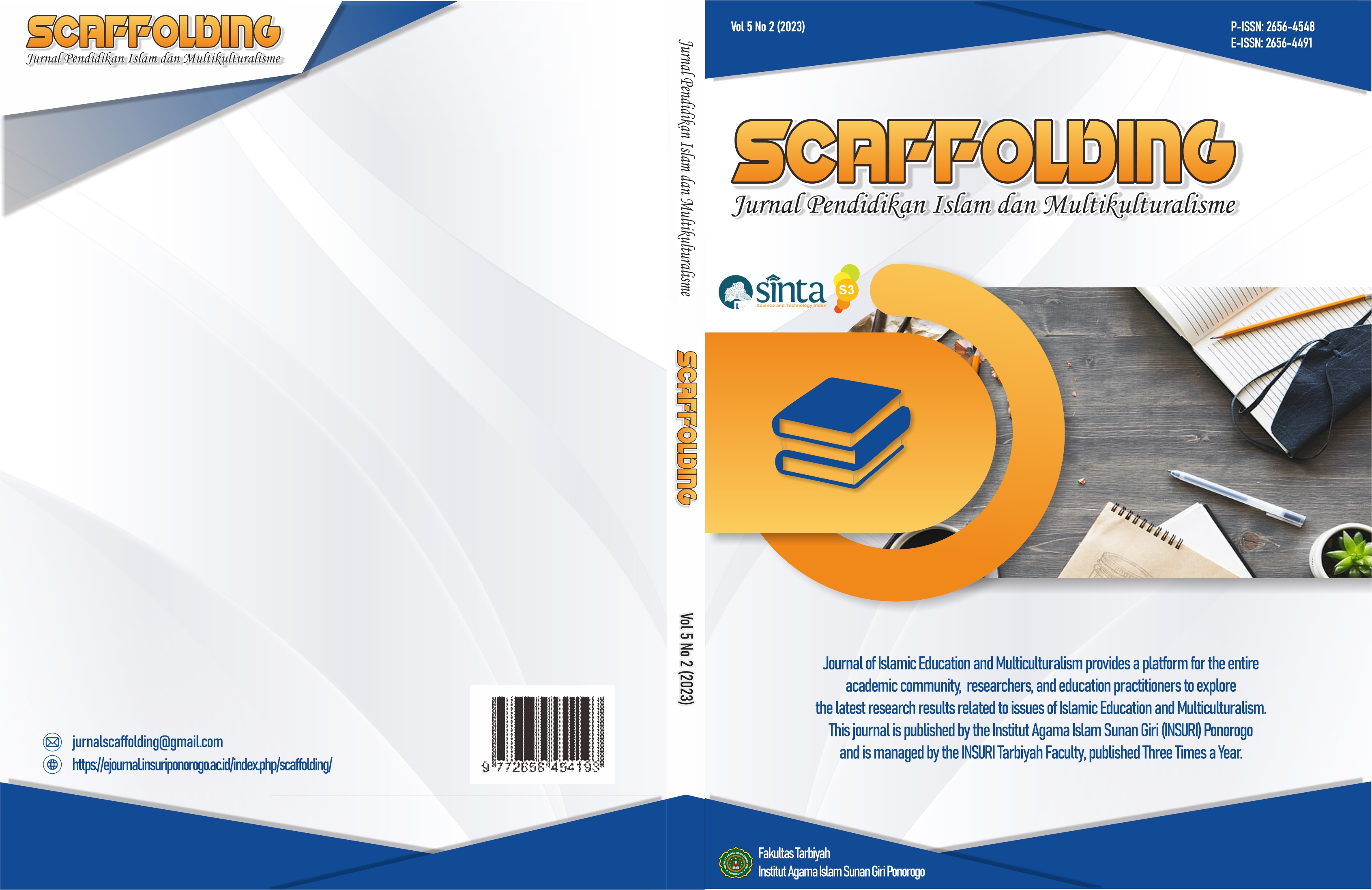Science Learning by Utilizing Natural Resources at Kak Seto’s Homeschooling
DOI:
https://doi.org/10.37680/scaffolding.v5i2.3111Keywords:
Natural Resources, Science Learning, Home SchoolingAbstract
The purpose of this study is to describe the planning, implementation, and evaluation of the use of natural resources in learning science at Kak Seto's homeschool. This study used a descriptive qualitative research method with data collection techniques in the form of observation, interviews, and documentation related to natural resources and natural science learning at Kak Seto's homeschooling. The data analysis technique used is the triangulation technique, namely by reducing data, presenting data, and verifying or concluding. The results of the study found that in the planning aspect, the teacher checks and recapitulates the lesson plans once a month, and in the implementation aspect, the teacher conducts learning using contextual learning methods by utilizing natural resources in the form of wind in the windmill material. In the evaluation aspect, the teacher evaluates using LKS and communication books.
Downloads
Published
How to Cite
Issue
Section
License
Authors who publish with this journal agree to the following terms:
Authors retain copyright and grant the journal right of first publication with the work simultaneously licensed under a Creative Commons Attribution-NonCommercial 4.0 International License that allows others to share the work with an acknowledgement of the work's authorship and initial publication in this journal.
Authors are able to enter into separate, additional contractual arrangements for the non-exclusive distribution of the journal's published version of the work (e.g., post it to an institutional repository or publish it in a book), with an acknowledgement of its initial publication in this journal.
Authors are permitted and encouraged to post their work online (e.g., in institutional repositories or on their website) prior to and during the submission process, as it can lead to productive exchanges, as well as earlier and greater citation of published work.



